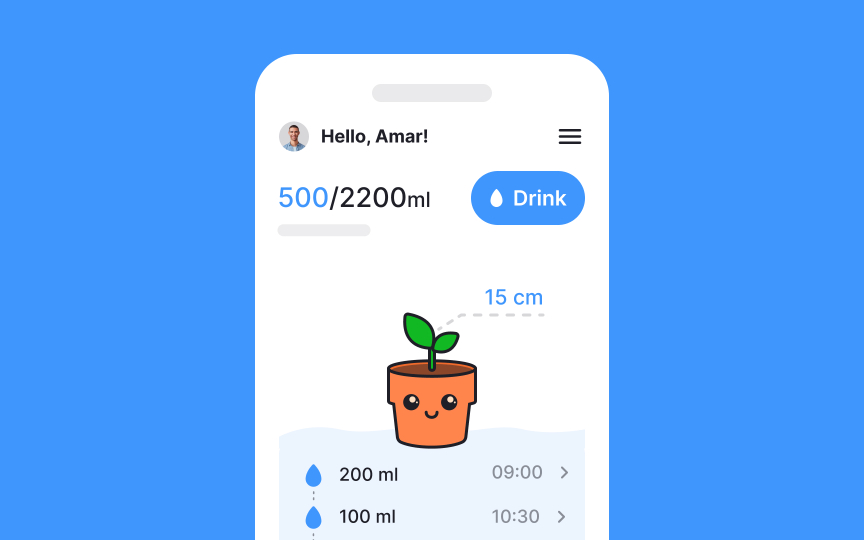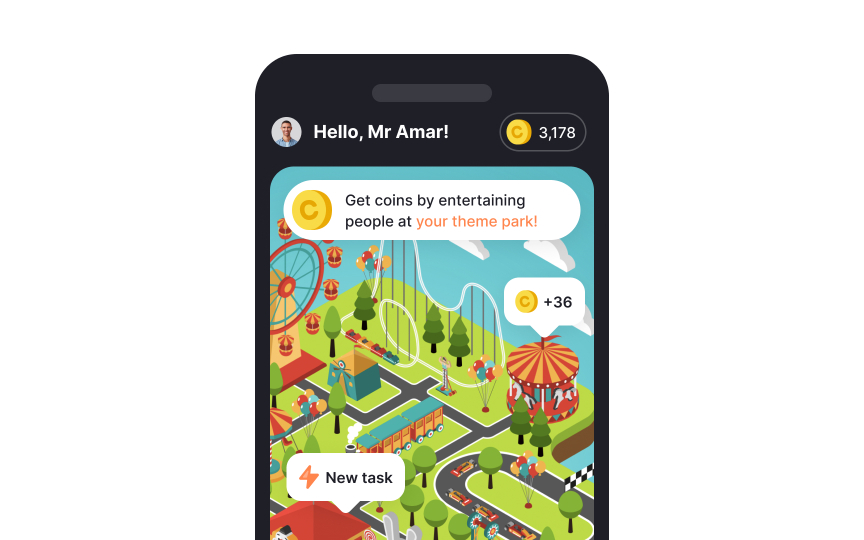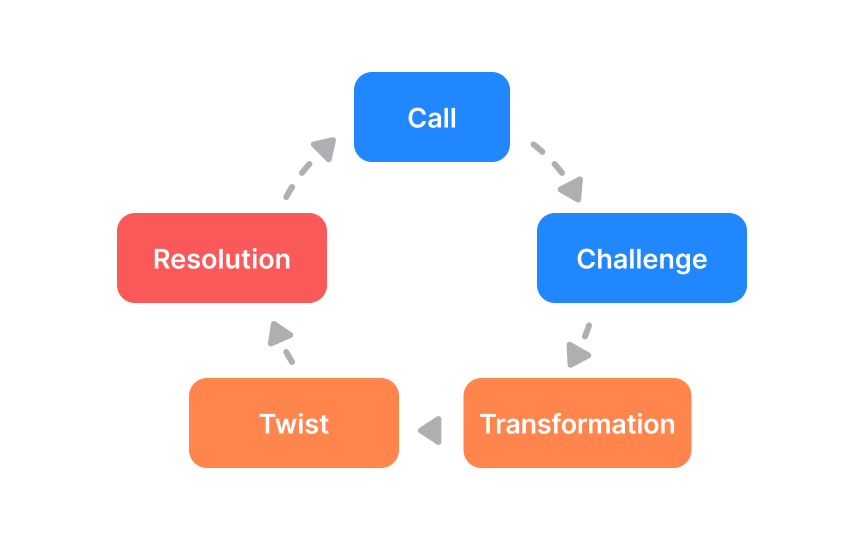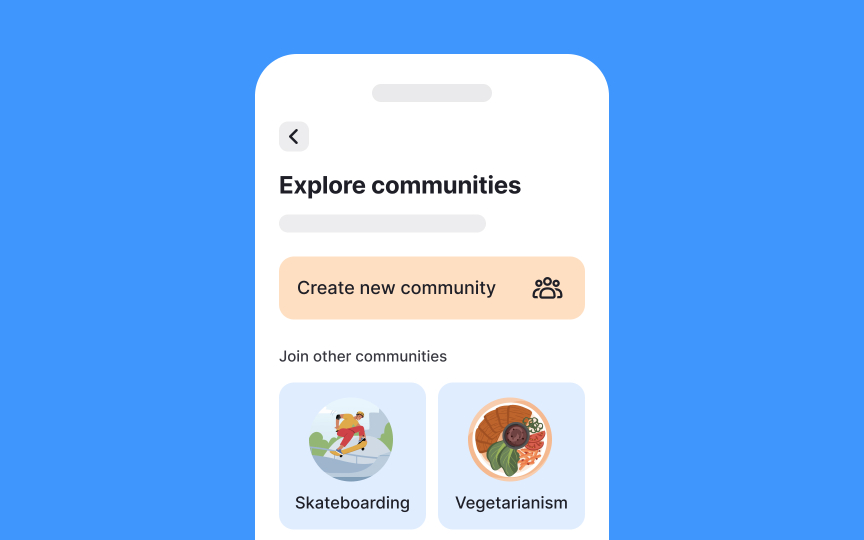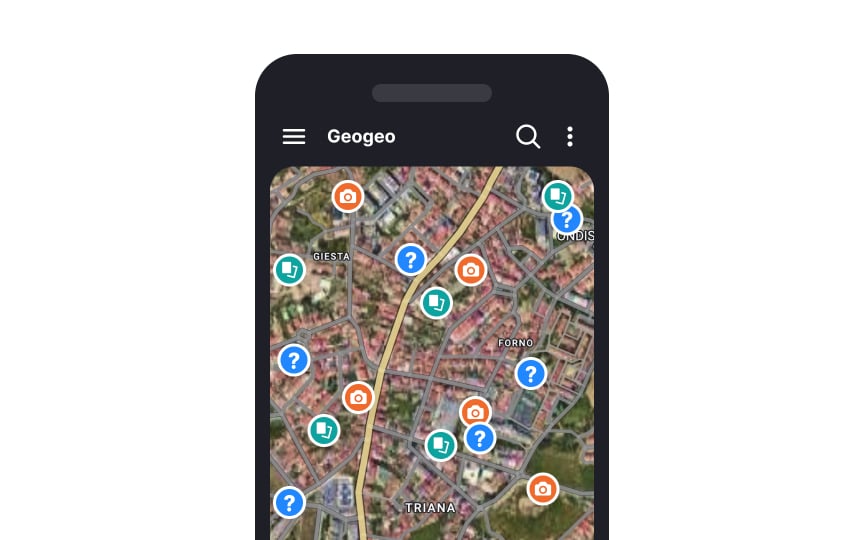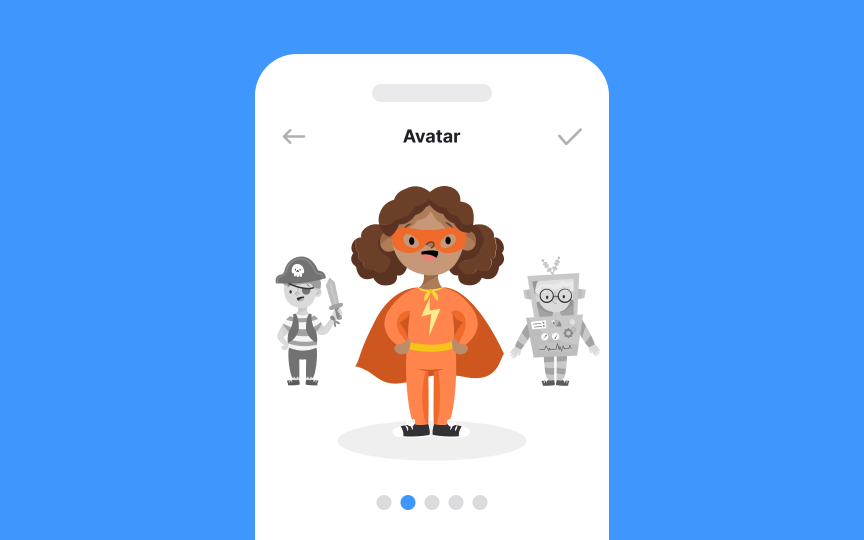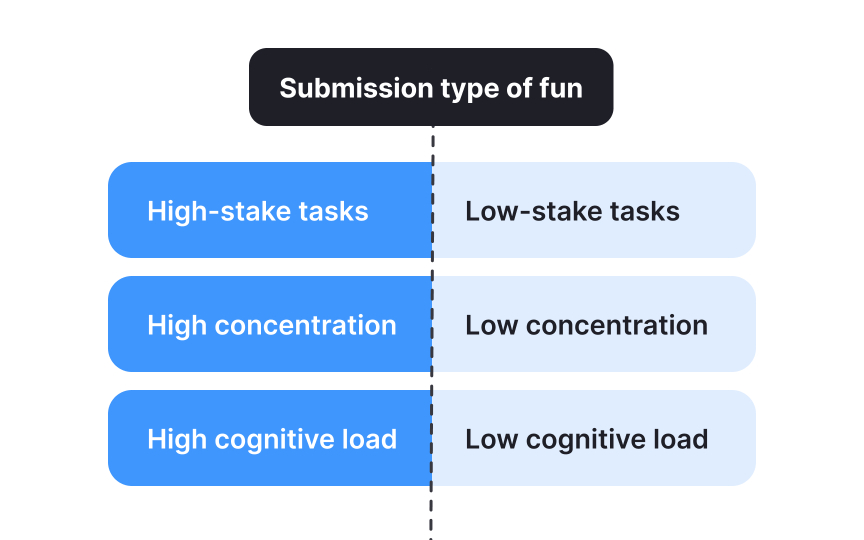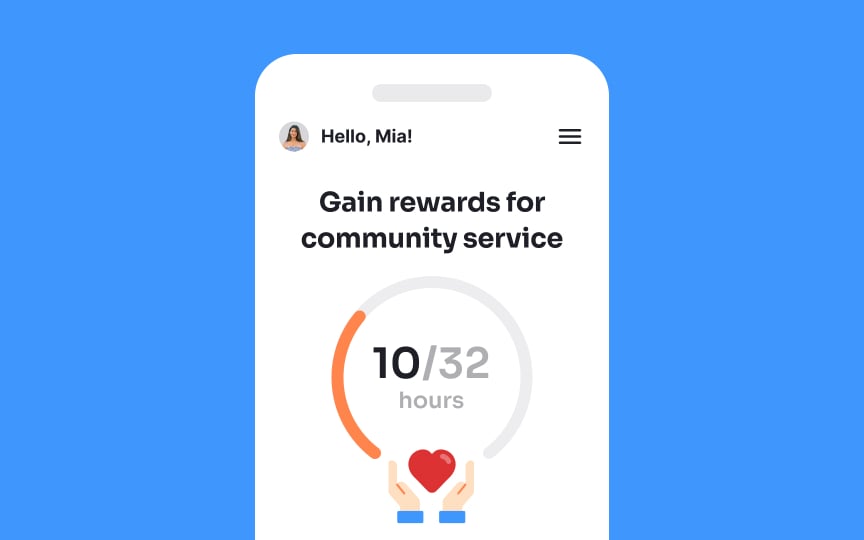The Anatomy of Fun
Discover how different types of fun can transform tasks and boost engagement in gamified experiences
Remember how, as children, our parents often turned boring tasks into fun adventures? Tidying up a room could become a treasure hunt, with tossed clothes and toys turning into hidden treasures. This idea of making tasks fun to boost engagement and motivation is a key part of gamification.
Fun is a powerful motivator that enhances engagement, enjoyment, and retention. When tasks are enjoyable, people are more likely to participate and persist. Fun activities stimulate positive emotions, reduce stress, and increase overall satisfaction. By using different types of fun mechanics, gamification turns mundane tasks into enjoyable experiences, driving user engagement and motivation. This makes activities more pleasant and encourages sustained participation and growth.
- Winning, triumphing, and recognition: In gamified apps, users might experience a sense of accomplishment and triumph through completing challenges or topping leaderboards.
- Problem solving and exploring: Discovering new things, solving puzzles, and overcoming challenges engages users intellectually.
- Chilling: Relaxation and low-pressure activities are also vital. Apps designed for mindfulness and relaxation, such as virtual garden-building games, allow users to unwind and de-stress.
- Teamwork: Working with others towards a common goal enhances social connections.
- Collecting: Gathering items or rewards can be deeply satisfying.
- Surprise: Unexpected rewards or events keep the experience fresh and exciting.
There are also things like sharing achievements or rewards with friends, role-playing, customizing avatars and environments, and engaging the imagination through virtual worlds that keep users motivated and coming back for more.
In 2004, game designers Robin Hunicke, Marc LeBlanc, and Robert Zubek published a paper titled MDA: A Formal Approach to Game Design and Game Research, which outlines 8 different types of fun found in games. One of these types is sensation, which is all about engaging the senses.[1]
Sensation involves visual and auditory elements that enhance the player's experience. Consider the game Candy Crush, which excels in visual and auditory stimulation.
Sensory elements in
- Touch: In physical board games, the act of moving pieces around the board can be satisfying. In a gamified app, touch interactions might involve dragging and dropping elements or swiping actions that feel intuitive and rewarding.
- Auditory: Music and audio feedback might be used to signify correct answers or achievements, enhancing the satisfaction of progress.
- Visual: Stunning visuals and animated effects can make even simple tasks enjoyable.
Fantasy involves immersing oneself in an imaginary world, playing make-believe, and escaping reality. It allows users to become someone else and experience a different world filled with lore, characters, and quests. Users become deeply involved in the activity, losing track of time and surroundings. Fantasy encourages creative thinking and problem-solving as users navigate the imaginary world.
Consider a fitness app that turns workouts into epic adventures. Users might take on the role of a hero on a mission, with each exercise representing a step in their journey. Completing workouts can unlock new parts of the story, characters, and challenges, making the fitness routine exciting and motivating.
A well-crafted narrative can transform a simple game into an unforgettable experience. This type of fun comes from engaging stories, complex characters, and dramatic tension that keeps players hooked. Games like The Last of Us excel at this, offering narratives so compelling that players return repeatedly to immerse themselves in the story.
In the context of
For many gamers, a good challenge is the ultimate source of fun. The enjoyment from overcoming challenges often comes as delayed gratification. The real fun and satisfaction are felt once a challenging goal is achieved, providing a sense of earned success that is deeply rewarding.
However, making a game hard doesn't automatically make it fun. Most players are more likely to embrace a challenge if the game feels fair. It's crucial for players to understand why they lost and to believe they can improve with practice. If a loss feels random or due to uncontrollable factors, it can be very discouraging. Consider the fitness app Fitbit, which uses challenges to keep users engaged. Users can join step challenges, set personal goals, and compete with friends.
For many players, games are a platform for social interactions. Fellowship refers to the enjoyment derived from engaging with others, forming connections, and working together toward common goals. In the context of
Fellowship creates a strong sense of community, making users more likely to stay engaged and motivated. A community of users can provide encouragement, advice, and support, enhancing the overall experience.
Discovery is the thrill of finding new things and uncovering hidden elements. This type of fun is central to many games, where exploration and curiosity are rewarded. In
Expression is a form of fun that allows users to showcase their creativity and individuality. This type of fun is about having the freedom to make choices and seeing your ideas come to life. A great example is Bitmoji, an app that lets users create personalized
After a long day, many people seek activities that allow them to unwind without much mental effort. The submission type of fun is about engaging in simple, repetitive tasks that help users relax and switch off their brains. This type of fun is prevalent in gamified experiences where the stakes are low, and the tasks are straightforward. In a non-game context, Duolingo provides a good example of submission fun. Users practice language skills through repetitive exercises like matching words and translating sentences. The simple, repetitive nature of these tasks makes it easy for users to keep going without feeling overwhelmed. Such activities offer a way to relax and unwind, making them ideal for moments of downtime.
Nicole Lazzaro's 4 Keys 2 Fun theory offers a framework for understanding what makes activities enjoyable, breaking down fun into 4 categories:
- Easy fun (novelty): Comes from exploration, creativity, and playful
interaction . It involves lighthearted activities that spark curiosity and joy. - Hard fun (challenge): Arises from overcoming difficult tasks and achieving challenging goals.
- People fun (friendship): Revolves around social interactions, competition, and cooperation.
- Serious fun (meaning): Engages users in meaningful activities that have a positive impact on themselves and the world. This includes giving to others, collecting items, and unlocking achievements that carry personal significance.[2]
References
Topics
From Course
Share
Similar lessons

Mental Models in UX Research

Psychological Theories Behind Gamification

